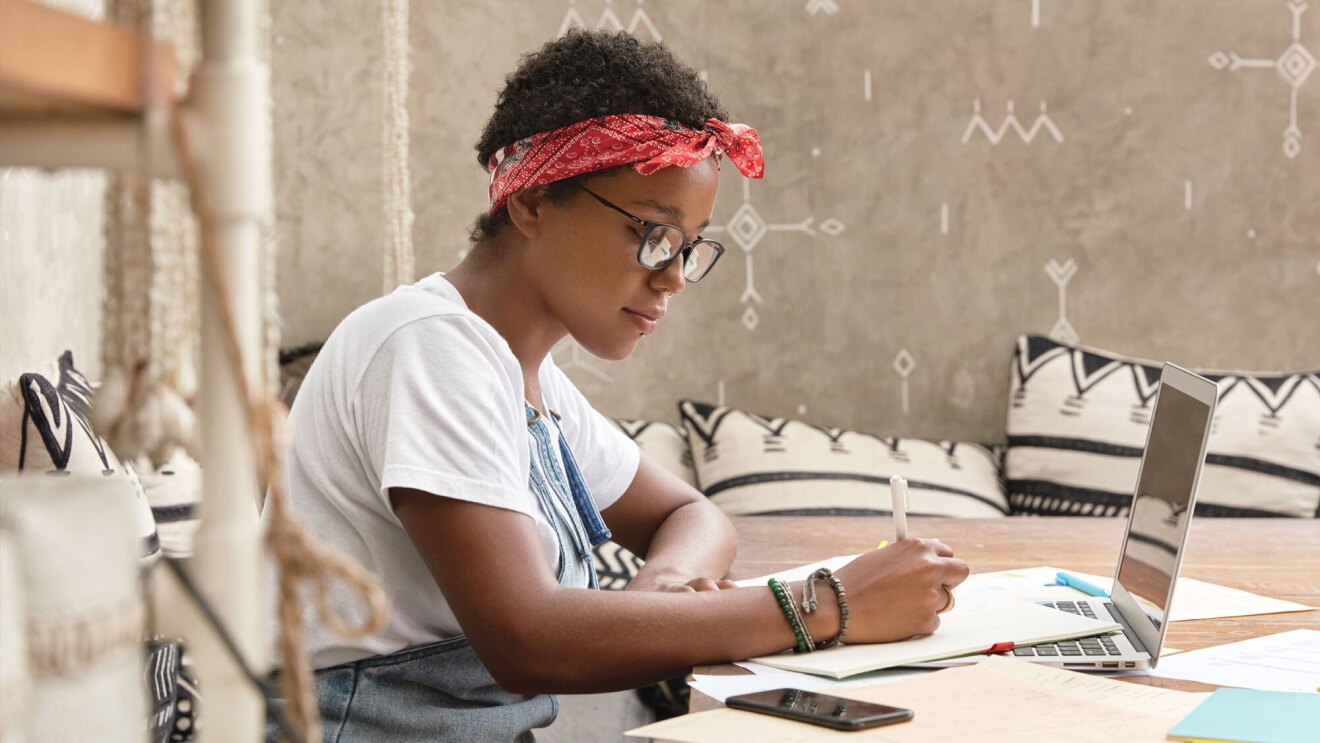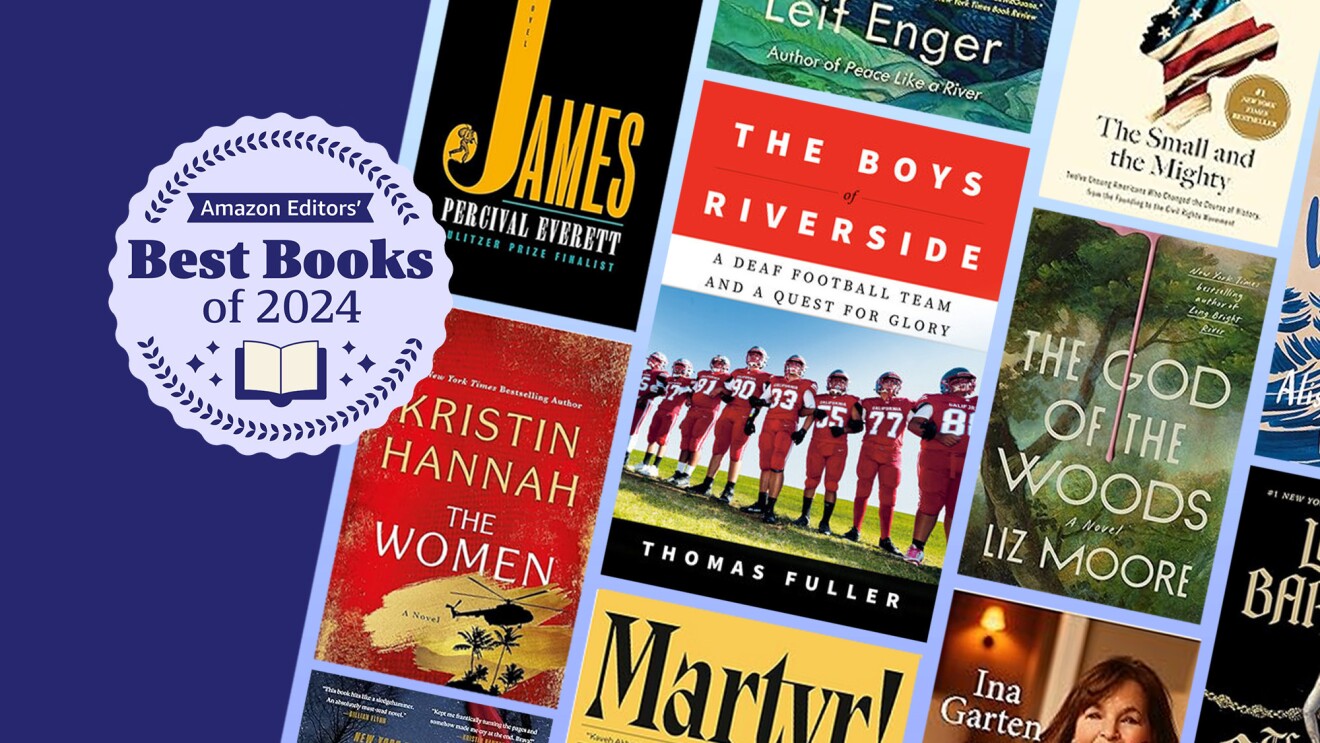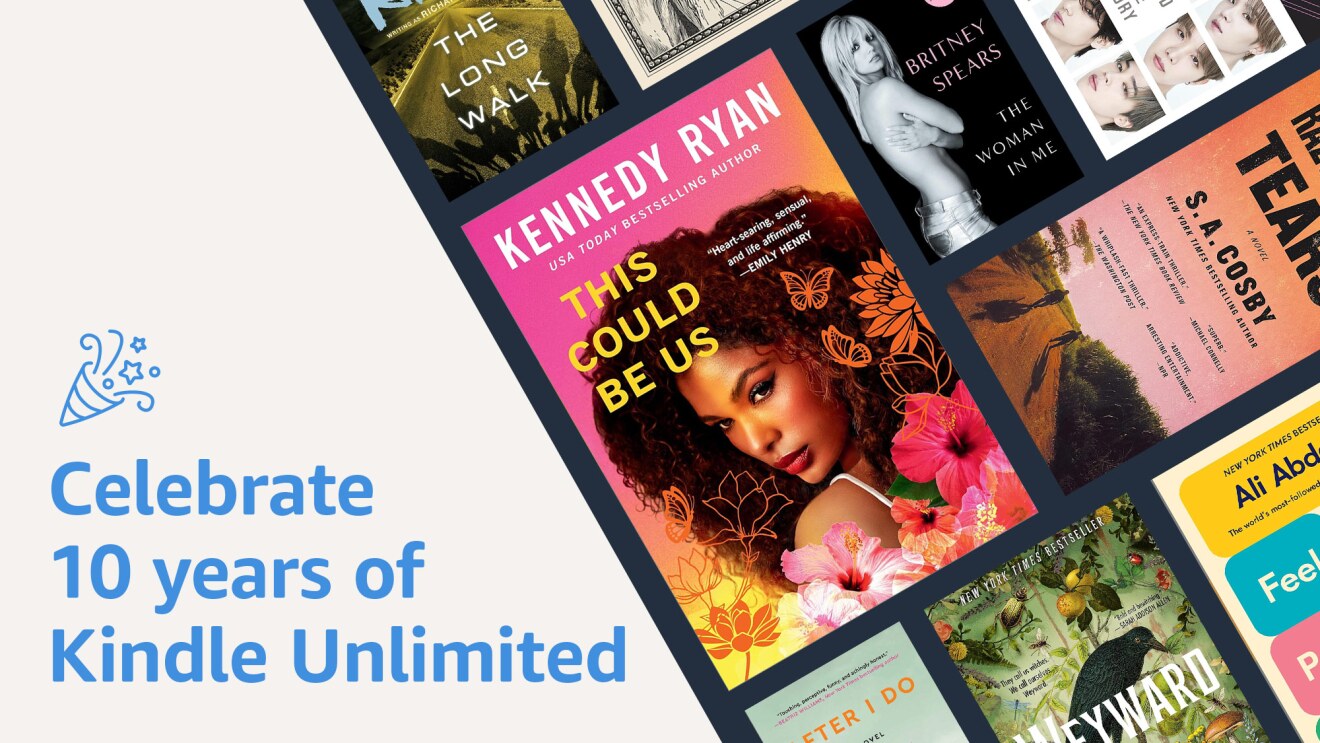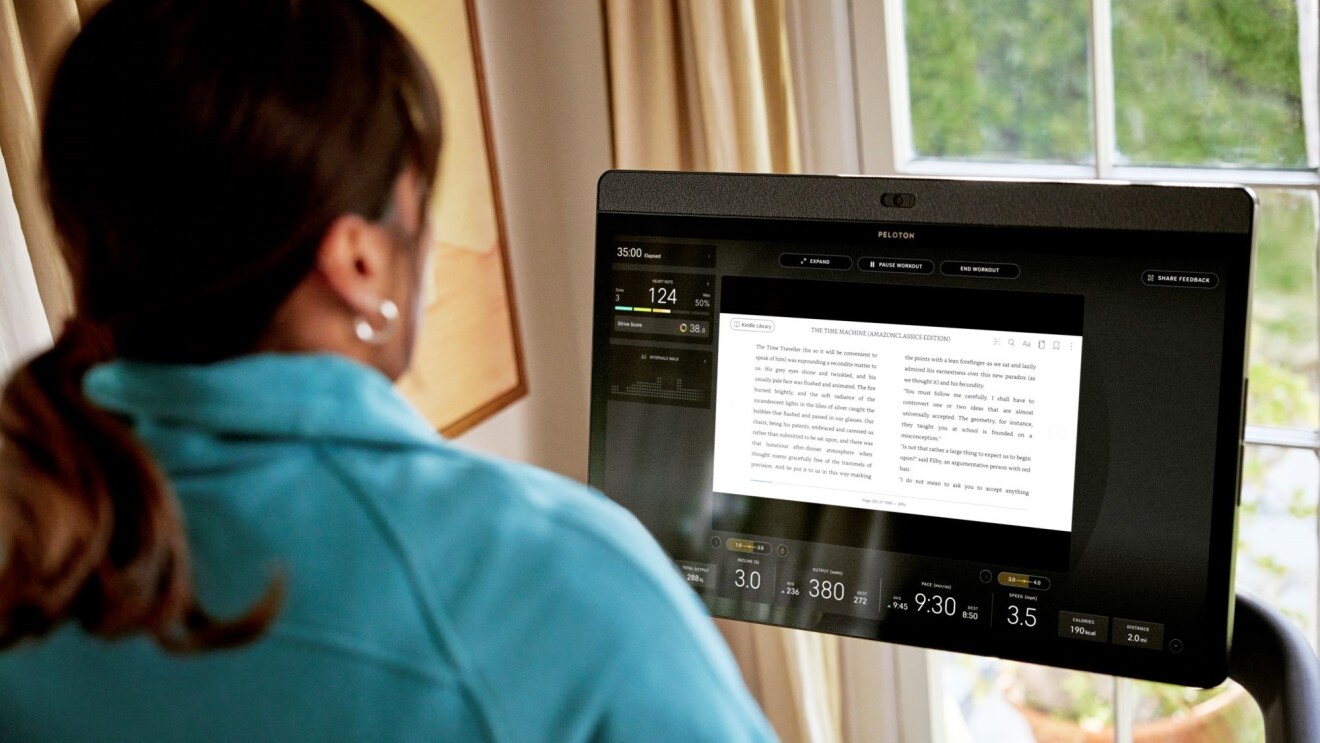Since she began self-publishing on Amazon in 2011, Barbara Freethy’s love of words has generated an impressive collection of numbers. Of her 62 novels, 24 have landed on The New York Times Best Seller list for e-book fiction, and 46 have appeared on USA Today’s Best-Selling Books list. Since turning to independent publishing, she has sold 7 million copies of her work, and in 2014, she was named Kindle Direct Publishing’s best-selling author of all time.
“New ideas come from anywhere and everywhere,” Freethy says of her page-turners. Overheard dialogue at the grocery store or a thought that swirls while she’s in the shower have inspired her contemporary romances, mysteries, and suspense tales.
“They always say write what you know, but you run out of things you know after four or five books,” she says. “I write what I don’t know because it’s fun for me to tell myself a new story.”
If the plot involves the FBI, as in “Off the Grid,” a five-book suspense series, she learns about the FBI. If it’s about a sailing race catastrophe, as in “Summer Secrets,” she learns about sailing. Her latest romance, “Can’t Let Go,” is part of her popular Callaway series; published last month, it explores the world of Hollywood blockbusters, starring an intrepid heroine who may—or may not—have found her real-life superhero. For “Can't Let Go,” she researched the setting in San Clemente while at a writers’ retreat, and the rental house they stayed in served as the blueprint for the heroine's apartment overlooking the beach.
A lifelong love of reading gives birth to a new career
Freethy grew up in the shadows of movie studios in Southern California and considered screenwriting but never seriously set out to be a writer. Her neighborhood was “all boys who wouldn’t let me play with them, so I would read all the time,” she says. At the University of California, Santa Barbara, she studied communications and wound up in public relations.
Pregnant with her second child in the 1990s, she started to rethink her life. She and her husband lived in a suburb of San Francisco where her PR job sometimes required her to write about semiconductors, an utterly foreign subject. As Freethy began to explore ways she could work from home, a thought dawned on her: Why not try fiction?
My husband and I would take a walk, and I’d come back and see I’d sold 40 more books while we were gone.
Barbara Freethy
She recalls struggling during the early days. “I liked to read romances, but the blank page is really hard. I stumbled.” Freethy found support in a writers group and by joining the organization Romance Writers of America. “In those days, that was the only way to get information. There was no Internet communication,” she reflects.
Harlequin was the holy grail of publishers, and they rejected her first contemporary romance. However, the editor who turned her down gave detailed criticism; Freethy took this feedback to heart, using it to revamp the story. Later, the book sold to Silhouette, a Harlequin imprint, and launched Freethy’s career in print. More romances were accepted at Silhouette as well as at Avon, Penguin Books, and Simon & Schuster.
Even though she had two small children, the publishing pace was too slow for the author. Sequels would be published 11 to 13 months apart, making it hard to build momentum. Often times, her earlier books wouldn’t be available in stores due to lack of shelf space, leaving fans frustrated.
She didn’t always like the covers or titles, but this, too, was out of her control. Fortunately, after a certain period, the book rights reverted back to Freethy, which proved crucial for her next chapter.
Closing the book on traditional publishing
It was around this time that the novelist discovered Amazon’s self-publishing services, Kindle Direct Publishing (KDP). Allowing individuals to publish quickly and for free, KDP helps authors reach millions of readers around the globe, while maintaining full creative control over their work.
When Amazon opened the doors to self-publishing, Freethy was ready to re-release several of her older titles, having updated them and turned them into a series, “Bachelors & Bridesmaids.” In 2011, she formatted, photoshopped, and uploaded “Summer Secrets.”
As Freethy notes, “All my books were standalones back in the day, not tied together, so readers never had that opportunity before. Now you could go to Amazon and click the link and buy the next one. I tried various price points, and when publishers went high on digital books, I went a couple bucks under.”

At first, nothing much happened. “I was trying to figure out how to promote an indie book, figuring out my brand and coming up with a cover that had a Barbara Freethy look. I got a lot of help from Amazon and went out of my way to meet retail reps and find out what they were looking for.”
She also put on her social media hat, interacting with readers, getting positive blurbs, and posting contests and giveaways. By the summer of 2012, “Summer Secrets” had become a runaway success, soaring to #1 on The New York Times Best Sellers list for e-books, the first independently published book to do so.
“It was so shocking,” Freethy says. “I never hit that list when I was traditionally published. If you’re lucky, you’d hear twice a year what your sales numbers were, and now I could see my numbers from hour to hour. My husband and I would take a walk, and I’d come back and see I’d sold 40 more books while we were gone.”
A hungry digital audience had found Freethy, clicking to buy the books day and night. She believes her first book caught fire due to a combination of factors (as well as a little luck). For starters, back then there weren’t as many books in the “beach reads” genre. She also appealed to a growing audience that was eager to read books digitally. In addition, her skillful use of social media groups like Goodreads paid off tremendously, expanding her loyal fan base. “I had a reader tell me she’s read 50 of my books, which is amazing,” recalls Freethy. “I definitely have more of a base I interact with on social media than when I was published traditionally.”
These days, there’s “no excuse” not to write
At first, Freethy did all the formatting and uploading herself, without the help of assistants. “When you learn it from the ground up, knowledge is power,” she notes. With her current success and the increasing demand for her books, she has enlisted the help of a designer, copy editor, cover artist, and social media helpers.
Freethy currently completes a new novel every two to three months, writing after lunch until dinnertime, perhaps a couple more hours in the evening and often on weekends. She is in charge of covers and titles, setting deadlines and prices (of which she nets 70 percent). All 62 of her novels are available for sale online.
“It’s a tremendous amount of work, but the payback is huge,” she says.
Freethy’s children are now in their 20s, and since she no longer has to take them to school, “there’s no excuse” not to write, she says. “It’s all part of being in your chair.” In her case, that’s a big armchair, her feet on an ottoman, her laptop propped on her lap. “Probably really bad ergonomically,” she adds with a laugh.
The money she’s earned from her books helped pay off credit card debt and her children’s college tuitions. She and her husband recently traveled to Europe for the first time. Still, she doubts herself like anyone else.
“I’m in the middle of a book and I’m floundering, don’t think it’s any good,” she says. “Then my husband says, ‘You say that every time.’ You work your way through the hard parts. Sometimes they come faster and sometimes they come slower, but there’s never been a better time to be a writer.”
Trending news and stories
- Amazon unveils 7 new robots powering faster, safer deliveries: Go inside our most innovative delivery station yet
- Introducing Vulcan: Amazon's first robot with a sense of touch
- This new AI tech will make sorting packages easier for Amazon's delivery station employees
- 15 photos from Project Kuiper's first launch of low Earth orbit satellites










